Readers who are familiar with the subjects I usually write about may have noticed that I hardly ever talk about photographic gear. I rarely speak about specific equipment, about series or specs. The reason why is not that I underestimate gear; I just don't feel comfortable talking about gear I know little about.
Doing the opposite would be irresponsible, and that is why gear reviews appear so infrequently in my articles. In the vast and generous world of the Internet, we can find wonderful reviews written by people who have been able to experiment with the gear they’re reviewing. My pace is slower, mainly because I have not yet had the fortune to have in my hands on the equipment to test – but trust me, this is something I would like to do in the future.
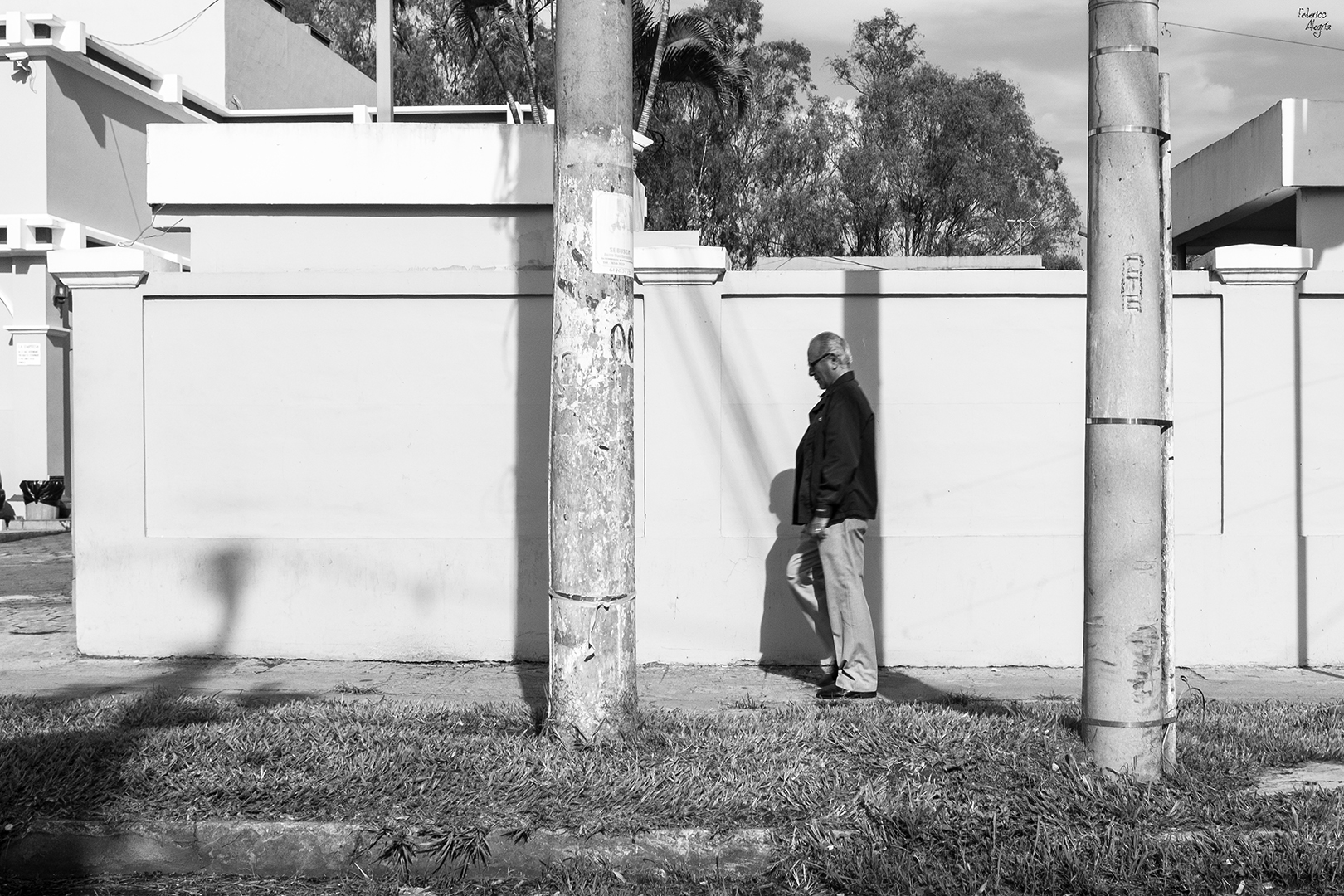
After a more than a year with my Fujifilm XT100T camera, I feel pretty confident about sharing a bit about it with you. I know I haven’t used all the camera’s features in depth, but I know it so intuitively that it’s become an extension of my body.
The Slow Transition From A DSLR To A Non-DSLR
I started out in much the same way as many other photographers out there – with a DSLR camera, because in my naive mind it was “the big boys’ camera” and I wanted to be one of the big boys on the block. Therefore, I needed to have a DSLR like the pros.
I fell into the mistake of buying lenses without having justified my purchase due to a specific niche or style, but I learned a lot about focal lengths thanks to this.
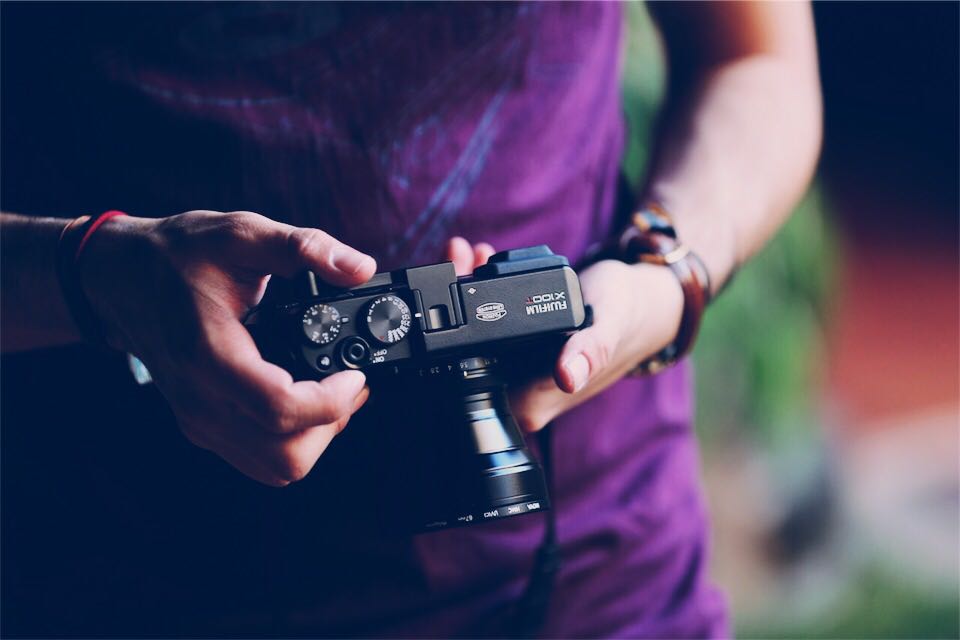
As I began falling in love with street photography more and more, I began to see the necessity of having small and inconspicuous optics with me. My first such lens was a 28mm, a wonderful lens indeed. Then I bought two smaller pancake lenses, an excellent option because my DSLR camera was then reduced to a small block capable of being carried in my daily messenger bag.
Then I wanted something smaller, because the DSLR camera, despite being reduced to its minimum expression (it really looked like a simple body with a lid attached to it) I eventually met my wonderful friend, the Canon G1X Mk I. Later, I finally bought the camera I had seen so many times on the Internet. It was a marvel of industrial design that resembled a Leica without the red dot accent.
The Day I Met The Conversion Lens
The Canon was fine, with its 35mm fixed optics, ideal for the street. But then I started to think that if I got some work taking corporate portraits or family sessions (yes, I do those things too) I would crave higher image quality and the colors (Classic Chrome is wow, just wow) that I got with my X100T and that I would never have with my DSLR.
My need for a 50mm lens was increasingly obvious, and after a while, I found that there were these wonders created by Fujifilm called the “Fujinon Conversion Lenses”, which were designed for my fixed-lens camera.
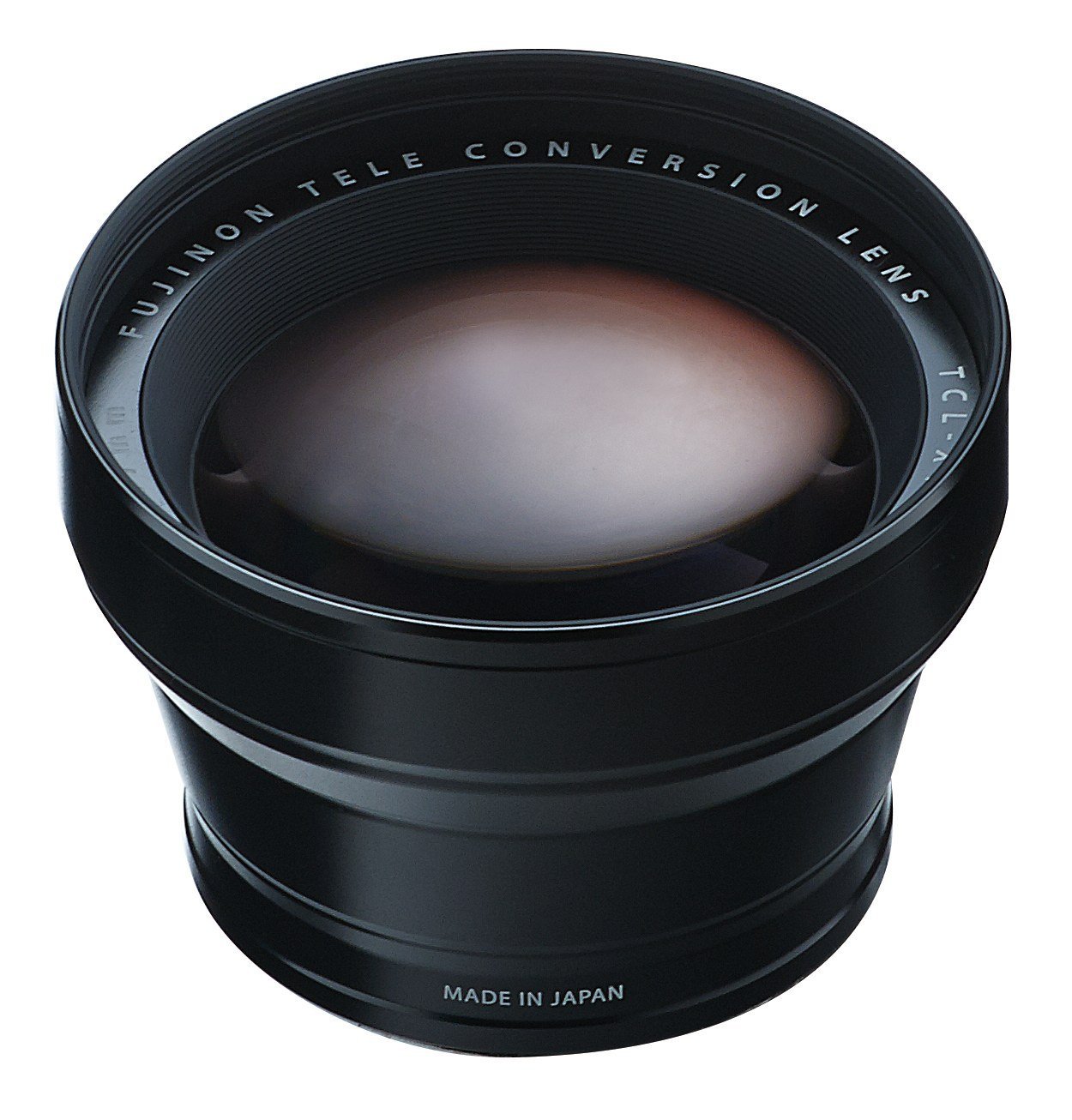
There are two conversion lenses on the market for the X100 series cameras: the TCL-X100 (which basically transforms the current 35mm lens on the X100T into a 50mm lens), and the WCL-X100 that transforms the Fujifilm X100T's 28mm.
With these 28mm, 35mm and 50mm lenses, why bother at all with the DSLR? And that's how I migrated from a DSLR system to what Fujifilm called “the world's first electronic rangefinder” – a smart move indeed. I have had the great pleasure of holding, playing and even shooting with rangefinder cameras, both analog and digital, all Leica – and trust me, the floating focusing system of a rangefinder camera from the fancy L is pretty different from what you have at Fuji. But all right, let's say that I converted from being a DSLR user to a Rangefinder-ish one.
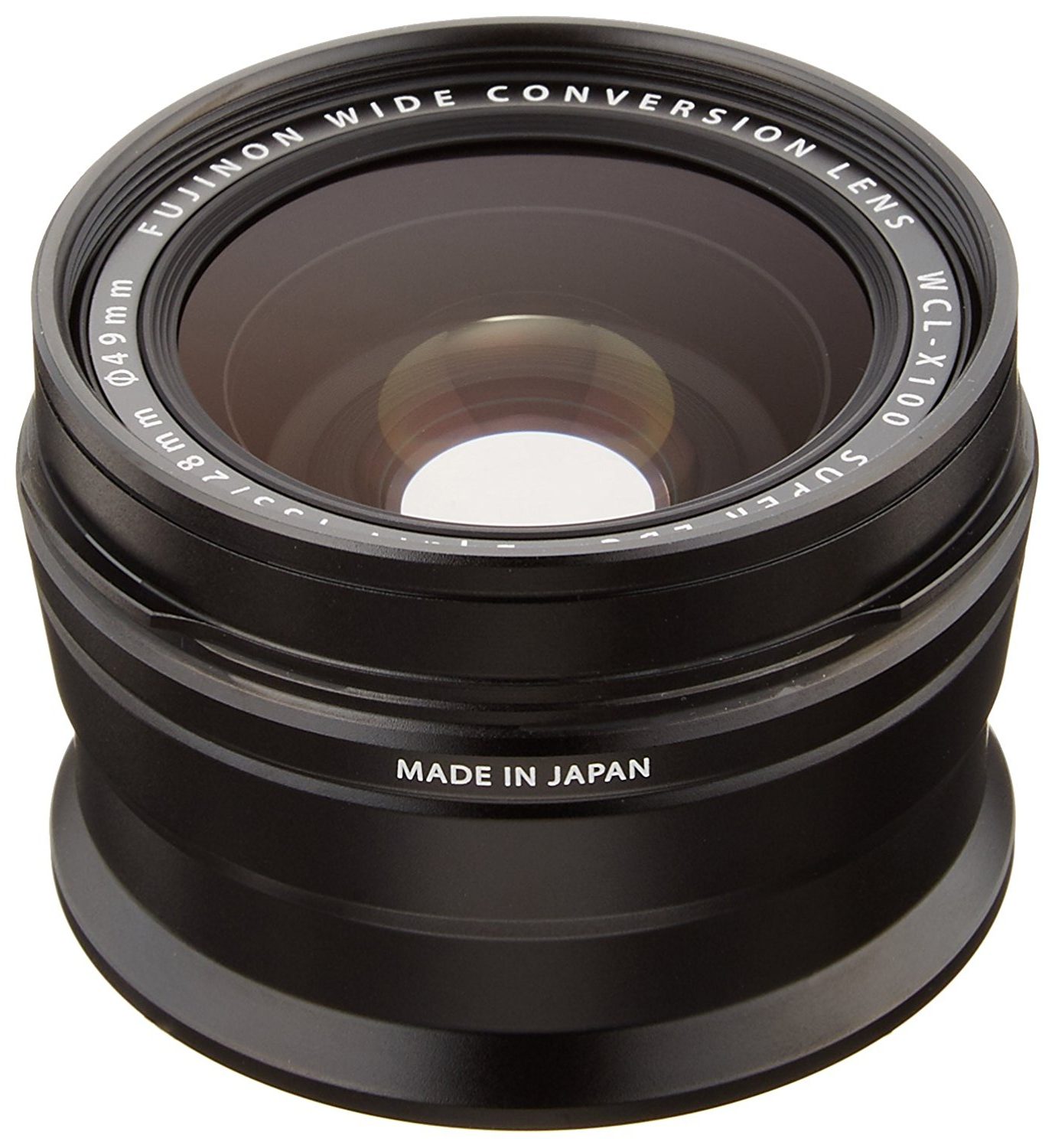
How Conversion Lenses Work
These adapters are screwed into the thread of the fixed lens of the camera, like a common UV filter. The cameras of the X100 series allow for full customization of almost every button on the body. This makes camera handling very intuitive, according to the parameters of our own memory. The camera menu allows you to tell the camera you are working with an adapter screwed into its fixed lens, and the viewfinder adapts to what the camera is currently viewing.
Something very important to highlight is that these adapters do not lose any stops when exposing, allowing you to have the wide range of three aperture lenses with a quite decent f/2.0 value for working on the streets.
Since these lenses cause the camera's dimensions to lengthen a bit, the volume of the adapter slightly interrupts the field of view through the regular viewfinder. But when moving the small front lever of the camera, which resembles a timer from the good old film days, we can switch to the electronic viewfinder to see in real time how the exposure and the framing changes in accordance with the conversion lens attached to the camera. When you do this, the clutter of the front element in the viewfinder disappears. I do not usually use the electronic viewfinder, but I've gotten a little used to it, even if it means sacrificing a degree of visual field.
A Little Anecdote
The first day I used the Wide Conversion Lens was during a photo-walk, and I was pretty nervous about the size of the camera. I freaked out and wanted to take it off, but I didn't have a way of safely carrying the unattached conversion lens with me. So I had to follow through.
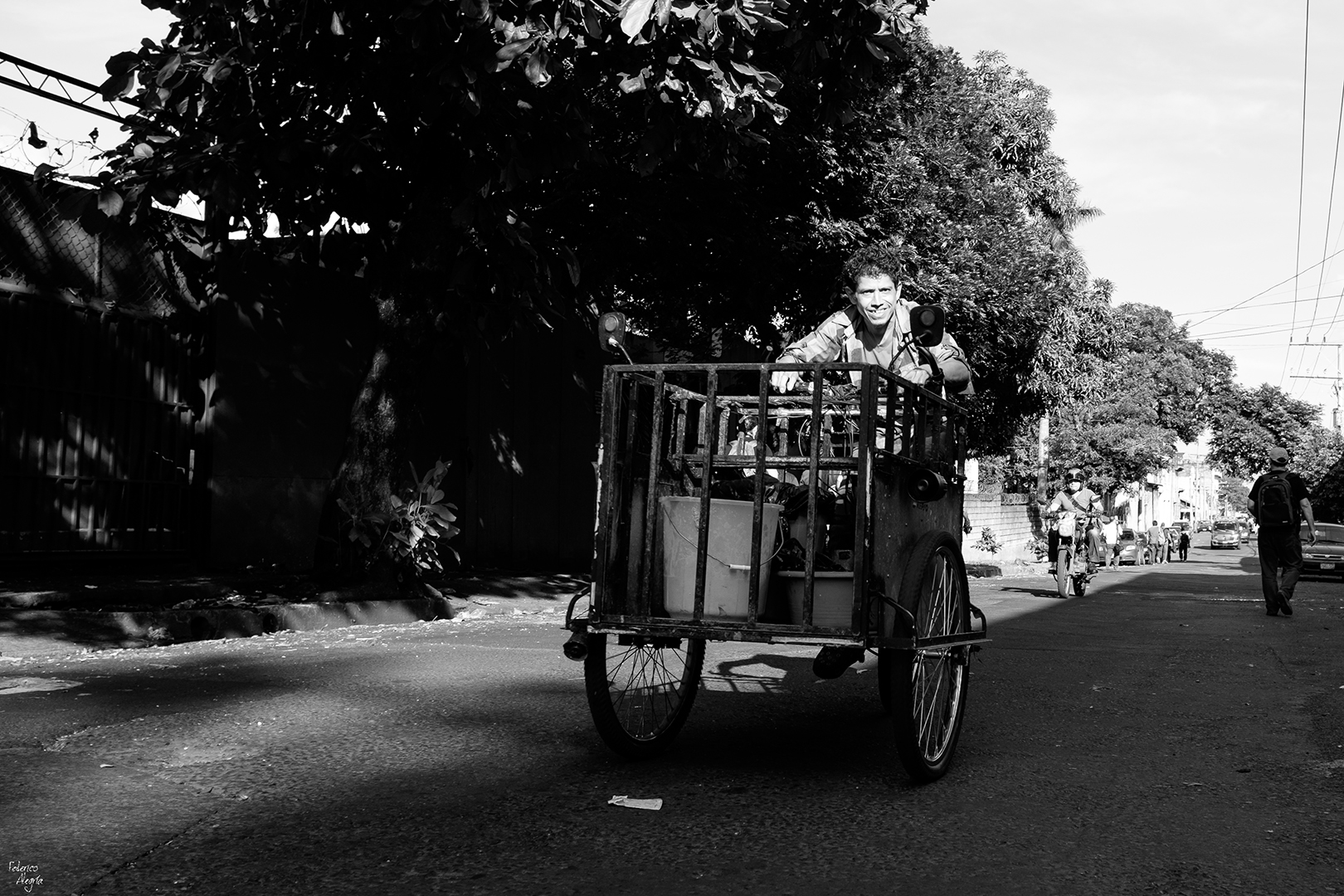
The experience was a little bit nostalgic, as I had used this lens in a DSLR camera. I quickly managed to deal with the new framing perspective. It was amazing. I was able to get even closer to the subjects on the streets, and everything was pretty smooth – but I must say, I was very nervous about working in a well-known environment with a completely different lens. At the end of the day, the results were very pleasing indeed.
If you use the Fujifilm X100 something series, you definitely need to try these bad boys. They will tempt you to leave your chunky DSLR camera in the closet for a long time. And don’t worry, they cost only a fraction of what a full-size lens normally costs.





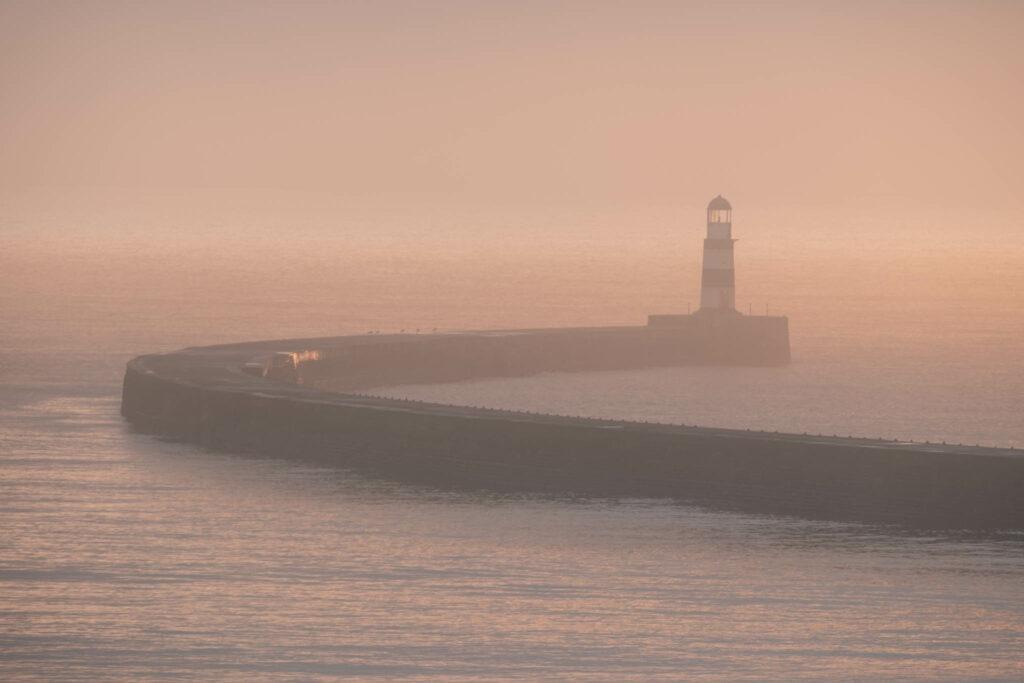

2 Comments
The problem is that they are way too big and heavy. I tried the 50mm conversion lens for about five minutes then returned it. It weighs about half as much as the camera, and it sticks out very far. The camera becomes very unbalanced with it on. For me, if I want a camera with multiple lenses, I use a different camera (I have a Pen-F). One of the best things about the X100F is the fact that it’s a fixed lens, which introduces constraints.
A comparison of photos with and without the lens would have been nice.